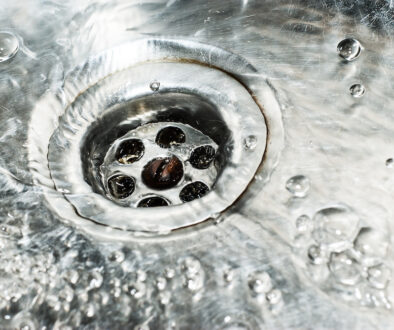Five Things You Must Know About Fungal Sinusitis
The earth is full of millions of different fungal species—you expose yourself to them every time you take a breath! They live in soil, plants, trees, indoors and even on human skin. Thankfully, most of these species are not dangerous —-out of these millions there are about 300 different types that can make you sick, according to the Center for Disease Control.
While fungus can cause sinus infections, most people with a healthy immune system will get better without treatment. However, in certain cases, the fungus can invade the surrounding cranial (head) and orbital (eye) area, which can lead to serious complications, blindness and death.
While fungal infections can be serious, thankfully, most fungal infections are not life-threatening. Because it is important to receive timely, effective treatment for fungal sinusitis, we’ve compiled some important information you should know.
1. There are two classifications of fungal sinusitis: non-invasive and invasive.
Non-invasive sinusitis is typically limited to the nasal and sinus area.
Invasive sinusitis occurs when the fungus spreads to local tissues.
Non-invasive fungal infections are much more common than invasive ones.
2. Over the past 30 years, there has been a dramatic increase in the number of fungal infections, according to the American Academy of Otolaryngology.
This is due to overuse of antibiotics and the increase in immunosuppressive therapies to prevent organ rejection for those who have received transplants.
3. There are four types of fungal sinusitis according to the American Academy of Otolaryngology.
Mycetoma fungal sinusitis, which creates a “fungal ball” within a sinus cavity.
Allergic fungal sinusitis is an allergic reaction to fungi that are located in the environment. It is more common in the Southern U.S. and among African-Americans.
Chronic indolent sinusitis is an invasive form of sinusitis that is most commonly found in northern India and the Sudan.
Fulminant sinusitis is seen in those with immune system problems. It can progressively destroy the sinuses and invade the areas around the eyeballs and the brain.
4. Treatment most commonly involves endoscopic sinus surgery
This is a minimally invasive form of surgery using an endoscope, which is a flexible tube fitted to a small camera and light that allows the surgeon to see easily inside the nose. This method eliminates the need for external incisions on the facial area or around the mouth.
At the Raleigh Capitol Sinus & Allergy Center, our experienced surgeons will discuss treatment options with you after a thorough examination and help you decide which treatment option is best for you.
5. If you are in one of the following groups, you’re at greater risk of developing complications from fungal sinusitis.
Anyone who has a compromised immune system can be affected. This includes those who:
- Have AIDS or are HIV positive
- Are taking immunosuppressant drugs
- Are transplant recipients
- Are hospitalized or currently facing an illness or infection
- Have chemotherapy treatments
How to avoid fungal sinusitis
First, the bad news: the only way to avoid the disease complete is to avoid fungi, and since the Earth is full of these species, avoidance is impossible. In fact, a study by the Mayo Clinic indicated that 96 percent of patients who have chronic rhinosinusitis also had some type of fungus present.
However, the good news is that our ENT physicians are experts at determining the type and cause of your sinus problems. If your misery is caused by a fungal infection, we’ll immediately create a plan to help you overcome it. Remember, only an ENT can accurately determine the cause of your sinus infection.
If you’re tired of being badgered by chronic sinus and allergy problems, contact us for an appointment.
Raleigh Capitol Ear, Nose, and Throat is the area’s premiere physician-owned ENT practice with six convenient locations throughout Wake County. Our board-certified physicians have extensive experience in treating both common and complex cases to help adults and children alike. For more information or to schedule an appointment, contact us.




